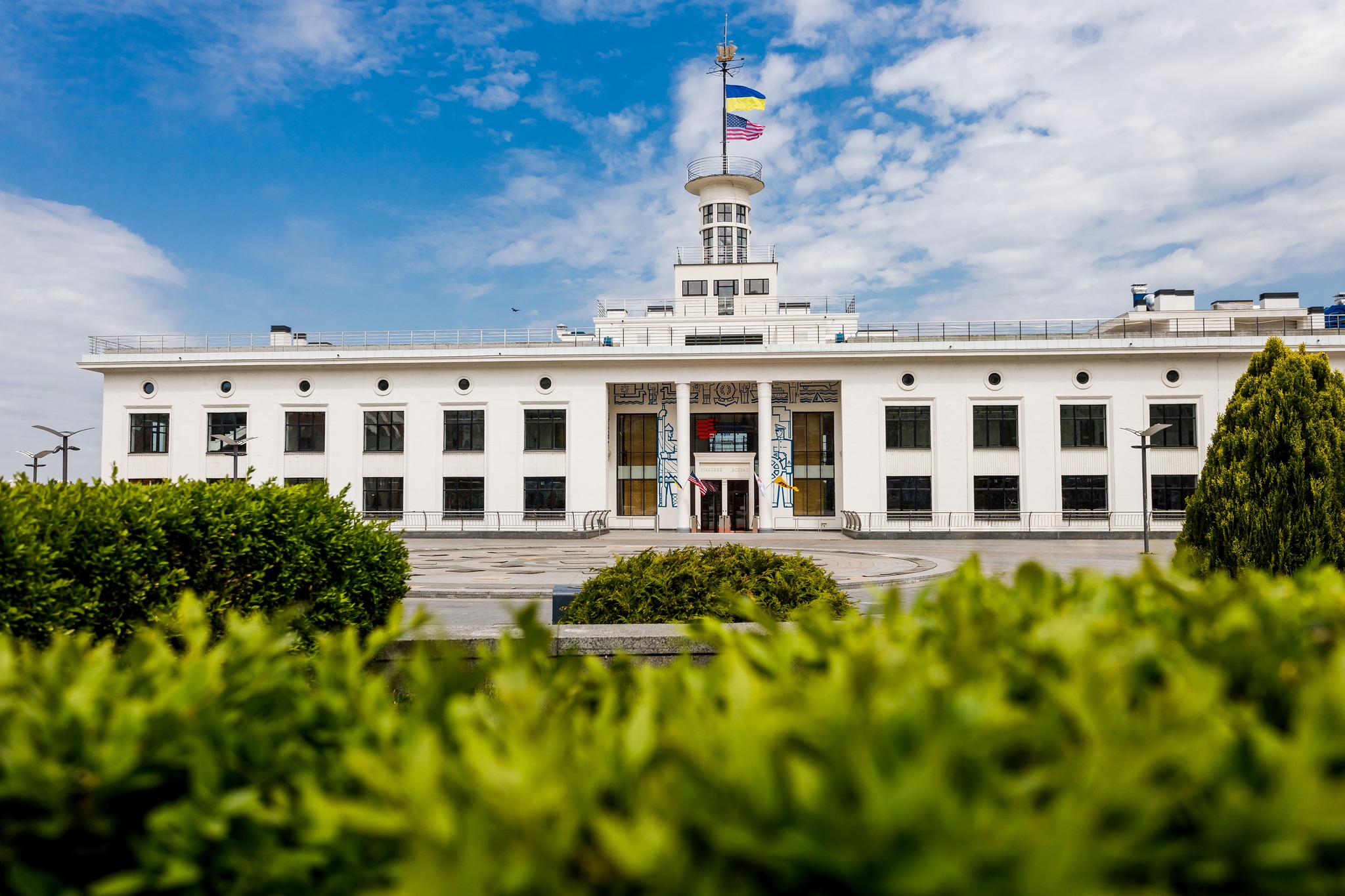AUK Digital Repository
American University Kyiv electronic data repository, also called an e-archive or centralized data repository

Communities in DSpace
Select a community to browse its collections.
Recent Submissions
CUSTOMIZABLE LLM-BASED QUIZ GENERATION SYSTEM FOR PROGRAMMING COURSES WITH AN INTERACTIVE ADMIN PANEL
(Manuscript, 2025-01-23) Korzh, Mykhailo
This paper investigates the design and implementation of an intelligent e-learning system called AUK Quiz Generator that uses large language models (LLM) to automate the creation and delivery of tests in programming education.
The thesis provides an overview of the relevant theoretical background, existing solutions, and approaches to solving quiz generation problems. The study also presents the rationale for the chosen approach and a detailed architecture of the AUK Quiz Generator.
In modern education, interoperability with e-learning platforms is critical, with an emphasis on responsive design to ensure high-quality question and answer generation.
A GOVERNMENT CONSULTATION INFORMATION PLATFORM OF DIGITAL DEMOCRACY
(Manuscript, 2025-01-23) Lobur, Denys
The project, "A Government Consultation Information Platform of Digital Democracy," aims to provide an accessible platform for citizens to engage in democratic processes by reviewing, understanding, and providing feedback on proposed laws. This platform will integrate AI-based bill summarization, voting functionalities, notifications, and analytics to streamline citizen input and governmental response.
A SOFTWARE SOLUTION FOR INTELLIGENT FAULT DETECTION IN WHEEL BEARINGS
(Manuscript, 2025-01-23) Glugovskiy, Glib
Wheel bearings are critical components in machinery and vehicles, and their failure can lead to costly downtime and safety risks. This project focuses on the research, development, and implementation of an intelligent software solution for fault detection in wheel bearings. By combining advanced signal processing techniques and machine learning, the solution enables early and accurate fault diagnosis efficiently for all users.
The software incorporates Fast Fourier Transform (FFT) for feature extraction and Self-Organizing Maps (SOMs) for clustering and fault classification, achieving high accuracy in detecting bearing defects. This approach marks a significant advancement in the fields of machine maintenance and fault diagnostics by offering a more precise and efficient method for identifying defects in wheel bearings.
A key aspect of the project involves the development and training of a SOM model. This model is specifically designed to analyze patterns in the cyclostationary signal data, enabling the accurate identification of potential bearing faults. The SOM model, along with the other signal processing and machine learning components, is integrated into a robust software application. Built using Django and React.js for the web interface and enhanced with Rust libraries for computational efficiency, this solution presents a novel integration of traditional web technologies with modern performance optimization techniques.
MULTIMODAL RETRIEVAL AUGMENTED GENERATION SYSTEM
(Manuscript, 2025-01-23) Yuvzhenko, Denys
This study presents an asynchronous, web-based Retrieval-Augmented Generation (RAG) system that integrates multimodal inputs (text, images, tables) to enhance information retrieval and generation in various contexts. The system is developed in Python and hosted on AWS, combining Chroma DB for vector storage and Anthropic’s Claude-3-Haiku LLM model, which is accessible via AWS Bedrock. By leveraging modern cloud capabilities, the solution scales efficiently and handles diverse data modalities in real time.
Through systematic experiments, this project highlights the effectiveness of multimodal embedding techniques for refining retrieval accuracy and providing context-aware responses. The architecture’s modular design supports seamless feature integration, making it adaptable for different use cases such as customer support, educational tools, and content creation. Key findings emphasize the role of vector databases in dynamic information updates and confirm that large language models, when appropriately curated and grounded, can produce high-quality, relevant outputs
AUTOMATED QUIZ CREATION USING CHATGPT WITH INTEGRATION INTO THE CANVAS LMS
(Manuscript, 2025-06-09) Lazebnyi, Vitalii
This study explores the automation of quiz generation using Large Language Models (LLMs) like GPT-4, and their integration into Learning Management Systems (LMS) Canvas. It discusses the potential of LLMs to transform assessment creation by generating diverse question types aligned with learning objectives. The research also addresses ethical considerations, including data privacy and algorithmic bias, and highlights the importance of prompt engineering for effective AI-human interaction. The findings suggest that LLMs can significantly streamline quiz creation, saving educators time and enhancing student learning experiences while emphasizing the need for ongoing refinement and ethical oversight.